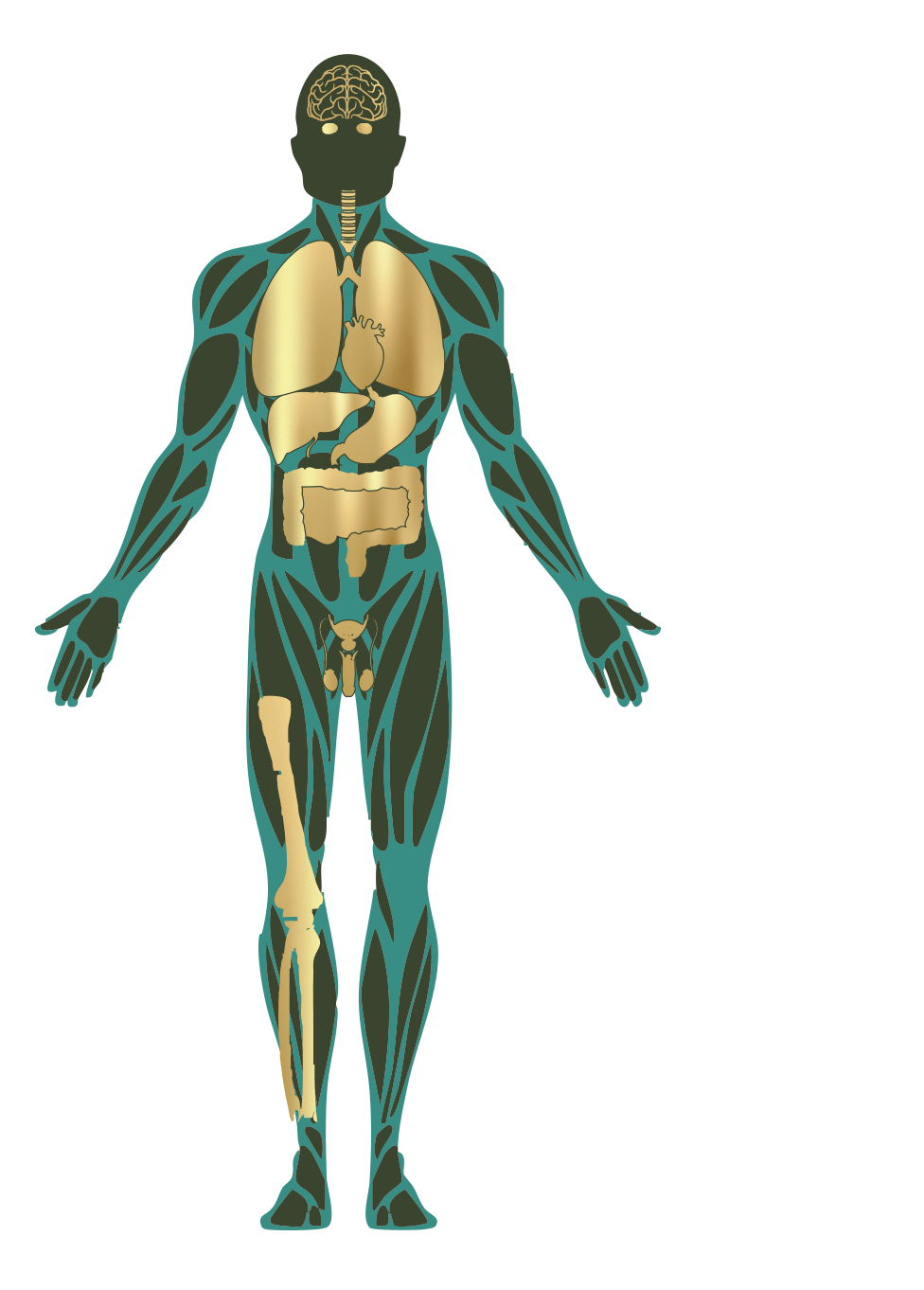C60 MD Science
What are Free Radicals?
Free radicals are chemical substances with unpaired electrons in molecules or atoms. These unpaired electrons make free radicals highly active, capable of reacting with almost any substance to form new compounds.
Free radicals are often produced by redox reactions, light, or other chemical reactions. They are ubiquitous in nature and living organisms and play a crucial role in normal physiological functions such as immune responses and signal transduction. However, excessive free radicals in the body can damage cells and tissues and are linked to many diseases.
Free Radicals and Their Impact
Free Radicals and Diseases
Generate chemicals that damage cells, forming carcinogens.
Damage internal genes (DNA), causing mutations that evolve into cancer.
Destroy cell membranes and mitochondria, disrupting cellular metabolism, leading to oxidative fatigue and loss of normal physiological function.
Damage proteins, causing enzymes in the body to become inactive, leading to inflammation and aging.
Damage fats, causing lipid peroxidation, which leads to atherosclerosis and cardiovascular diseases.
Damage carbohydrates, degrading hyaluronic acid, leading to conditions like arthritis.
-
Generate chemicals that damage cells, forming carcinogens.
Damage internal genes (DNA), causing mutations that evolve into cancer.
Destroy cell membranes and mitochondria, disrupting cellular metabolism, leading to oxidative fatigue and loss of normal physiological function.
Damage proteins, causing enzymes in the body to become inactive, leading to inflammation and aging.
Damage fats, causing lipid peroxidation, which leads to atherosclerosis and cardiovascular diseases.
Damage carbohydrates, degrading hyaluronic acid, leading to conditions like arthritis.
Formation of Free Radicals
INTERNAL FACTORS
Metabolism
Immune defense
Life stress
EXTERNAL FACTORS
Environmental pollution (air, water)
Drug abuse
Smoking and drinking
Radiation, UV rays
How Antioxidants Combat Aging & Disease
Benefits of Antioxidants
Antioxidants help neutralize free radicals, slowing down or preventing oxidative reactions. Free radicals are chemical substances with unpaired electrons, and when they accumulate excessively in the body, they may increase oxidative stress, damaging cells and tissues, potentially causing various diseases. Scientific studies have shown that antioxidants not only prevent chronic diseases but also reduce oxidative stress caused by cell metabolism and free radical damage. Therefore, sufficient intake of antioxidants helps reduce oxidative stress and lower the risk of chronic diseases. Common antioxidants include Vitamin C, Vitamin E, and β-carotene, which can be obtained through a balanced diet or supplements. However, most antioxidants are sensitive to heat, so high-temperature cooking can lead to the loss of Vitamin C. While fruits and vegetables are rich in natural antioxidants, their absorption efficiency may be significantly reduced due to degradation in the digestive tract by stomach acid and intestinal enzymes, even with large intakes.
BENEFITS OF PRODUCTS
Features and Future Prospects of C60 Nano Antioxidants
C60 has unique optical, electrochemical, and physical properties, giving it a wide range of applications in nanomedicine. Its conjugated double bonds and unique carbon cage structure, along with its ability to undergo derivatization, give it the potential to create new therapeutic molecular products. C60 is hailed as a "free radical scavenger" with antioxidant properties hundreds of times stronger than traditional antioxidants. When combined with hyaluronic acid and natural antioxidants, it forms a complex that stabilizes the molecular structure of antioxidants, increasing their bioavailability (BA) through its nanophysical and chemical properties, making it easier for the body to absorb. Looking forward, C60's nanotechnology and medicine will be combined to develop nanovaccines, antiviral agents, or as drug delivery carriers, marking a new milestone in disease treatment (Petrovic, 2015).
Why C60 is Essential for Healthy Aging
Fullerenes, a unique form of carbon, offer exciting benefits for happy aging by acting as powerful antioxidants. They effectively neutralize free radicals—unstable molecules that can lead to cellular damage and premature aging. By reducing oxidative stress, fullerenes help maintain youthful skin, support overall health, and promote vitality. Their ability to penetrate cell membranes and protect against UV damage contributes to a radiant complexion and enhances well-being, making them a promising ally for embracing a vibrant, joyful life as we age.
Technological Background
The technology behind C60 MD products originates from the U.S. company SINAPU LLC CORPORATION, led by Simon Cao and Dr. Butzloff. Their unique technology derives from Richard Smalley, the father of carbon nanotubes, and combines quantum physics and nanotechnology to develop water-soluble C60 (fullerenol), greatly enhancing oral bioavailability (BA). This technology gives C60 nano-drug delivery capabilities, allowing it to penetrate the blood-brain barrier (BBB) and treat brain-related diseases such as Parkinson's, Alzheimer's, and dementia. These significant breakthroughs make water-soluble C60 highly promising for future preventive medicine and health applications.








